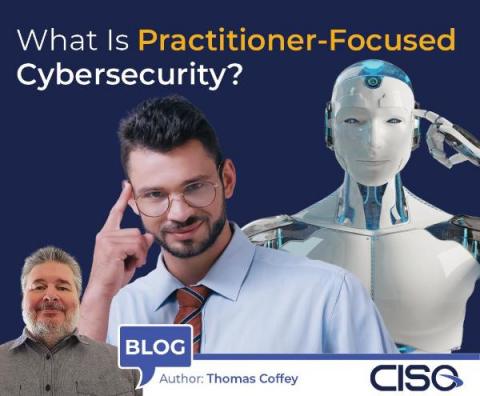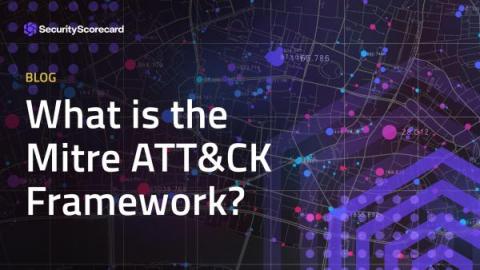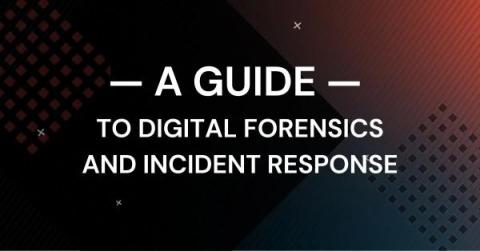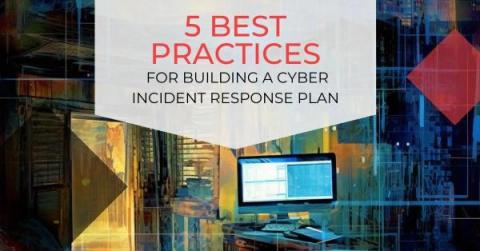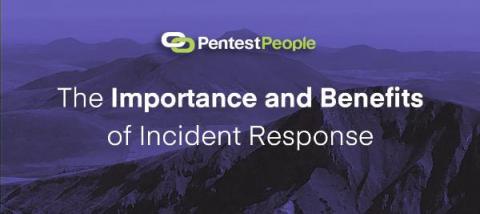What is an incident response plan (IRP) and how effective is your incident response posture?
As everyone looks about, sirens begin to sound, creating a sense of urgency; they only have a split second to determine what to do next. The announcer repeats himself over the loudspeaker in short bursts... This is not a drill; report to your individual formations and proceed to the allocated zone by following the numbers on your squad leader's red cap. I take a breather and contemplate whether this is an evacuation. What underlying danger is entering our daily activities? 1…2….3….



